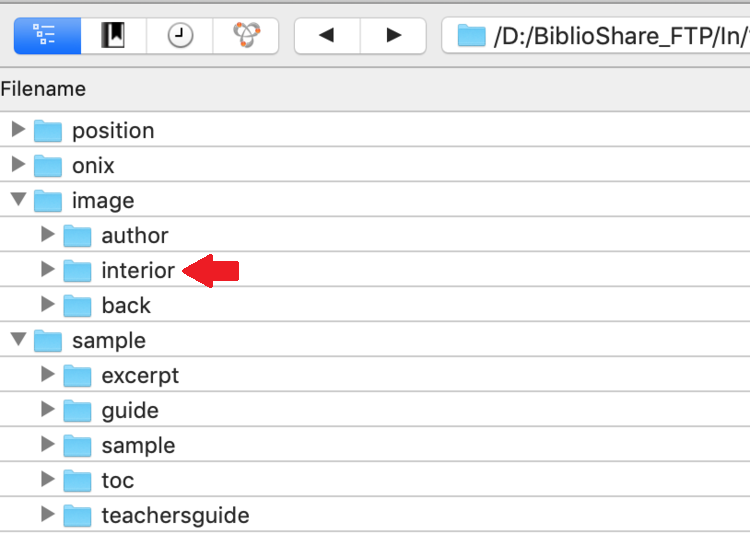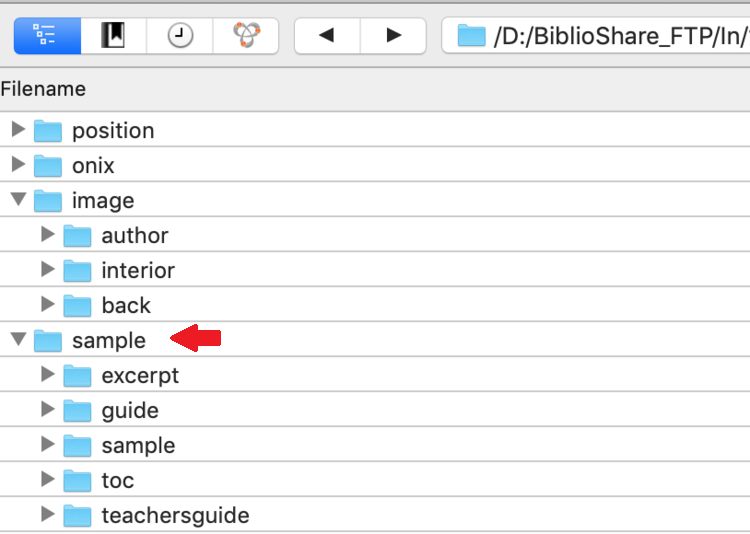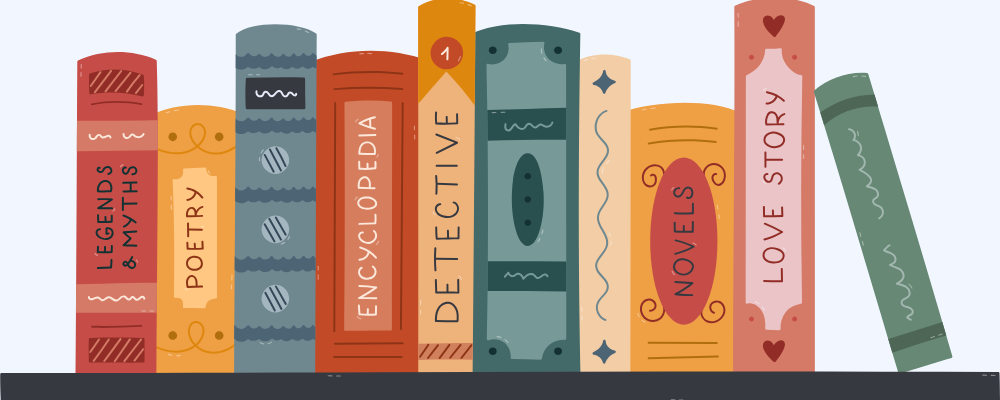We’re back with a new blog post that builds on these previous posts:
Many of us have benefited from samples in the marketplace. Think about the number of times you've walked down the aisles of your favourite grocery store and have been pulled by an irresistible force toward a table where someone is offering you a tiny cracker with a piece of cheese, or a little pizza, or a small cookie. As a consumer, you feel like you’re getting a deal. And many times, you end up buying what you were offered, maybe even becoming a long-term consumer of this new thing you discovered by way of a very small sample.
This is the same psychology that gets put into motion when a book buyer/reader is able to sample your book. I know people who won’t buy a book unless they’ve read the first five paragraphs or so and their "reading taste buds” are intrigued. Traditionally this happened in the bricks-and-mortar world of bookselling, but now and more frequently happens in the digital realm, where sampling isn't quite as simple as picking a book off the shelf and flipping to a random page.
So why wouldn't you offer a small sample of your book's content for the world of retailers who are hoping to promote your title in their online stores? Why wouldn't you give your author's creative work every opportunity to find that person who will buy their book or request it from a library?
It’s odd to me that so many publishing houses don’t have sample material in a digital format for their titles. I know the day is young and ecommerce is new, but it isn't that young and it isn't that new. Plus, we do know from research that providing a sample of the book is an excellent support piece that aids in the sale of your book.
Getting supporting material to your partners
But if you do have that supporting material — samples, excerpts, cover, back, and/or interior images — or will have it available soon, here’s how you can send those assets to BiblioShare so we can help you distribute them among your supply chain partners.
Images
The first thing you need to do is memorize these two simple rules:
Files should be named appropriately according to BiblioShare’s naming convention.
The format provided has to make sense to end users. Don't worry, I'm going to tell you exactly how to do that below.
You may wonder what kind of supporting material is accepted, if not expected, in BiblioShare. As I hope most of you reading this know by now, BiblioShare has been receiving images of interior pages for some time now. Interiors were one of the early support materials we knew retailers appreciated. Publishers have also provided these as non-digital support forever — it’s practically impossible to sell a picture book to a retailer without that retailer having some sense of the art inside.
At last count, we had 314,724 interiors available in BiblioShare. This doesn't mean over 300,000 books but 300,000 images. What’s the difference? Well, we can get many interior images sent to us for one title. How do we know there are multiple images for one title you may ask? Well, the one thing you absolutely need to do is name your interior images according to our naming convention, and presto — we’ll know.
Naming and uploading interior image files
Every interior image must be named with a valid ISBN followed by the letters ‘in’ included in the file name. If you only have one image to send us then all you need to do is name it accordingly:
XXXXXXXXXXXXX_in.jpg
Where the X's represent your ISBN. If you want to send more images (and note these are images, not PDFs or otherwise — we'll get to those in a bit), then you just include a number in the file name that tells us it’s still connected to the title but is a unique image, like this:
9781234567890_interior01.jpg, 9781234567890_interior02.jpg
This tells us there are two images from the inside of the book in question. You also likely noticed that I used the full spelling of interior in the file name but it’s really no different than just using the 'in' as mentioned above. Both those spellings tell us they are interiors. And just because everyone does everything a little different in the publishing world we accept these variations on the naming as well:
9781234567890.interior02.jpg, 978-1-23456-7890IN2.jpg
Once your images are properly named, you can upload the files to your ‘image' directory in your BiblioShare FTP directory. Because you’ve included the word ‘interior’ in the name of the file, our processor will process and store these images as interiors. But lest we forget — or lest you forget — there’s also a nested directory in your image folder on the BiblioShare FTP that is called “interior.” If you just have the image named with the ISBN (you can leave off the 'interior' part), you can go ahead and drop that image in your interior directory and that will tell us to process those images as interiors. Of course, if you have more than one interior for an ISBN, then don't forget you still need to tell us what number to apply to which image.
PDFs and EPUBs
Hoping to make it easier for retailers, wholesalers, and library staff to get access to supporting materials, BiblioShare started to accept PDFs and EPUBs of samples, excerpts, tables of contents, teachers guides, and readers guides years ago. Even without the research we have now, we knew that having these assets available could help improve book sales, library circulation, and readership.
When comes to samples and excerpts, we’re sometimes asked what is the difference between them. But as mentioned in our blog post about increasing the chances of a title of becoming a Loan Stars pick,
“Samples and excerpts are pretty much the same. The main difference is length. Excerpts are usually short and tend to be focused on capturing the reader’s attention with a brief passage. On the other hand, providing the first two or three chapters of a book, including front matter is common practice for samples, however, they can be as long or short as you’d like.”
But regardless of the length or definition of what qualifies as a sample or excerpt, the most important thing to remember is that sample and excerpt files must be provided in PDF or EPUB format, not as images. In fact, your directories on the BiblioShare FTP (for this content) will only process PDF or EPUB files.
Naming and uploading EPUB and PDF files
The directories for this content work the same way as the image directories. To upload your files you can either:
include the type — excerpt, guide, sample, etc. — in the file name and load your content to the main directory called “Sample,” or
you can put the files in their proper directory — excerpt folder, guide folder, etc. — and the processor will name the files according to their type for you.
Just like images, all samples and excerpts file names must start with a valid ISBN-13 or ISBN-10. And here’s something important to remember: if the uploaded files to the main directory “Sample” don't include words that help us differentiate them — i.e., sample, excerpt, guide, etc. — we’ll assume the file is a sample, and we’ll record a number at the end, and use it to identify the said sample. If no number is provided we assume that the sample number is “0.”
To put this in context, here are some naming conventions that are all acceptable:
9781234567890_sample.pdf (or .epub)
9781234567890_sample_2.pdf
9781234567890.pdf - (this file will be assumed to be a sample if it’s in the sample directory.)
9781234567890_excerpt.pdf
9781234567890_toc.pdf (TOC is an abbreviation of “table of contents”)
9781234567890_guide.pdf
9781234567890_teachersguide.pdf
Before I end this blog post I’ll leave you with the latest count of samples, excerpts, TOCs (tables of contents), guides, and teachers guides in BiblioShare as of Feb. 16, 2021 and ask that you continue to support your retail customers and consumers with this highly influential sales support material. That way you win, we win, we all win!
As of Feb. 16, 2021:
Total samples: 1,517
Total excerpts: 33,692
Total TOC: 127
Total guides: 270
Total teachers guides: 1,317

















5 questions with Brian Li, the President of Roots & Bridge.